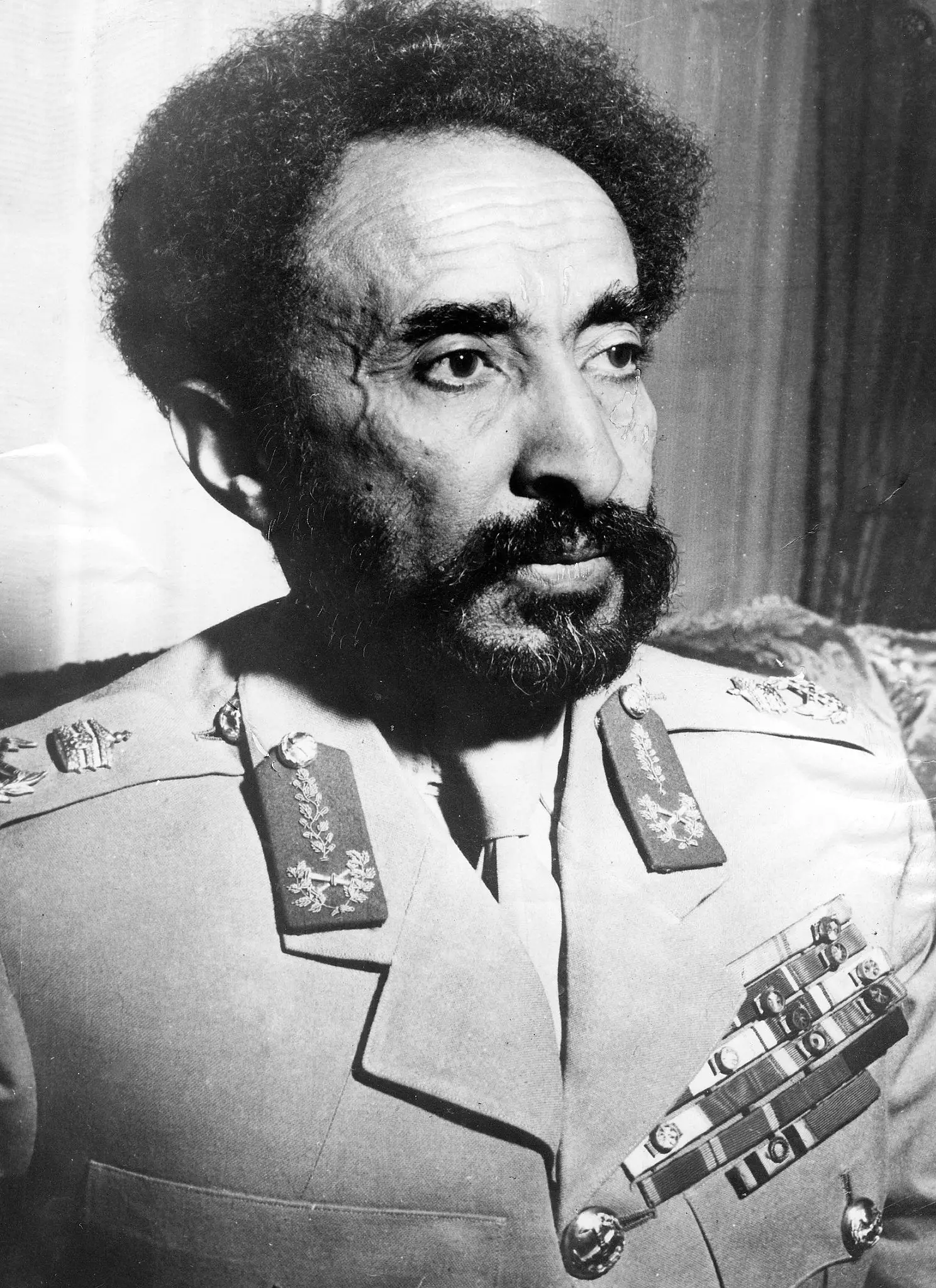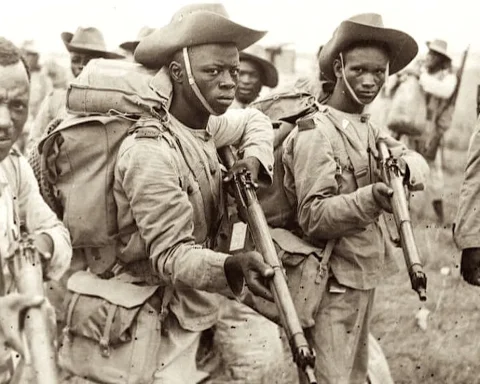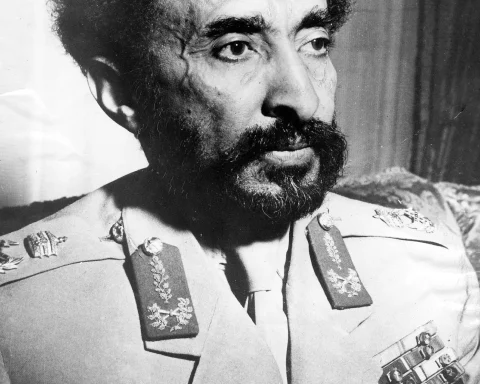The Evolution Of Hairstyles – Haircuts have always been a way for people to express themselves and show who they are. They can tell us about someone’s culture, society, and personal style. Hairstyles let people be creative and try new things. Looking at how hairstyles have changed over time is interesting. It shows how people have used their hair to fit in with what’s happening in society and culture. It’s amazing to see how hair fashion has changed!
Let’s take a look at how hair fashion standards have changed over the years!
HAIR IN THE 1920s:
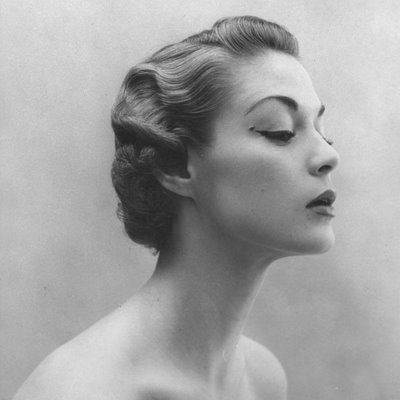
Unlike the long, flowing styles and Victorian updos from the past, trendsetters in the 1920s loved the freedom of short hair. The bob was a revolutionary cut made popular by stars like Josephine Baker and Colleen Moore. Some women wore their hair straight, while others flattened their curls close to their heads. If you had longer hair, you might wear it slicked back in a low bun. And if it wouldn’t stay in place, there were always stylish hats, headbands, and turbans to keep it neat.
HAIR IN THE 1930s

According to the Denver Public Library, the number of beauty parlors in the United States increased by 800 percent from the 1920s to the 1930s. What caused all the excitement? Waves, of course! To get the perfect curls, people tried many methods: comb and finger waving, marcelling which is using high-heat curling tongs, and chemicals… yep! perms have been around for a long time!
HAIR IN THE 1940s
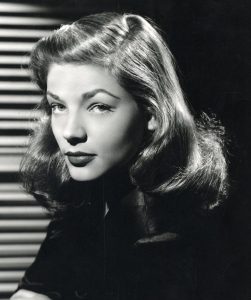
As the years passed, longer hair became popular again. Women liked their curls to be very big. The Victory Roll was an iconic style during WWII. To get this look, hair was rolled upward and pinned into big rolls. While it looks very much of that time, it has been updated and brought back into fashion many times since then.
HAIR IN THE 1950s
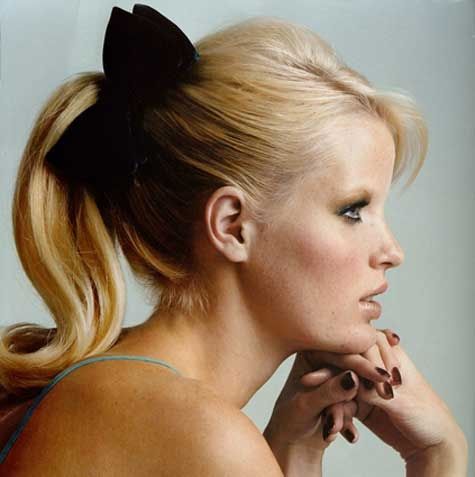
Finally! the ponytail became popular in the 1950s, partly thanks to French star Brigitte Bardot. As hairstyles became more expressive, other popular styles included the pompadour (like John Travolta in *Grease*) and the side part. These looks could be done with any hair length and were easier with the rise of wigs. The 1950s also saw the invention of the first sew-in weave: Christina Jenkins created the technique while working at a wig company and patented it in 1951.
HAIR IN THE 1960s

Hair is political, and the 1960s showed a great example of this. During the Civil Rights Movement, the afro became a symbol of Black pride and resistance to Eurocentric beauty standards. Long, flowy hair, beards, and other natural styles of flower children challenged the strict looks of previous generations. Beehives, flat-tops, pixie cuts, and mop-tops were also popular.
HAIR IN THE 1970s
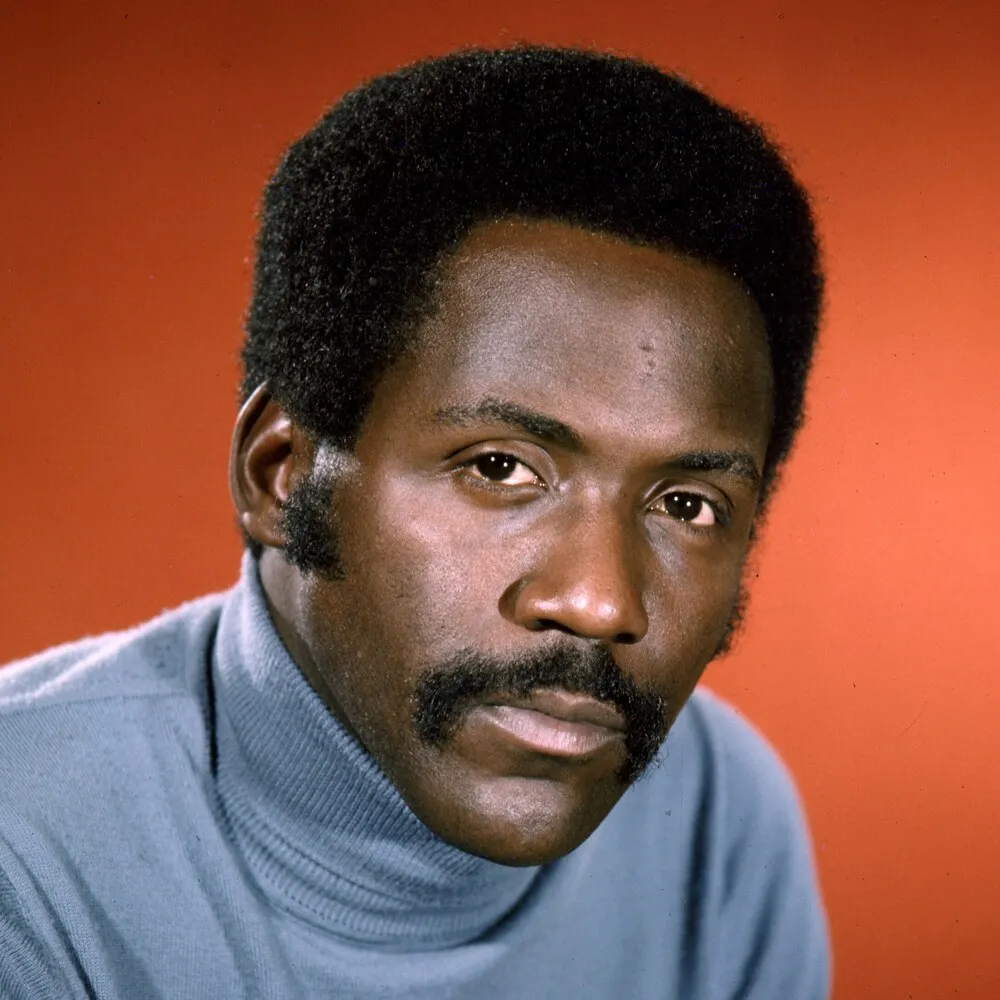
In the 1970s, people used their hair to express themselves. The shag–which was made famous by Jane Fonda in the 1971 film “Klute“, the feathered look–thanks to Farrah Fawcett!, bangs, dreadlocks, and short page boys were some of the favorite styles. Men often moved away from clean shaves, wearing strong beards, big mustaches, and mutton chops.
HAIR IN THE 1980s
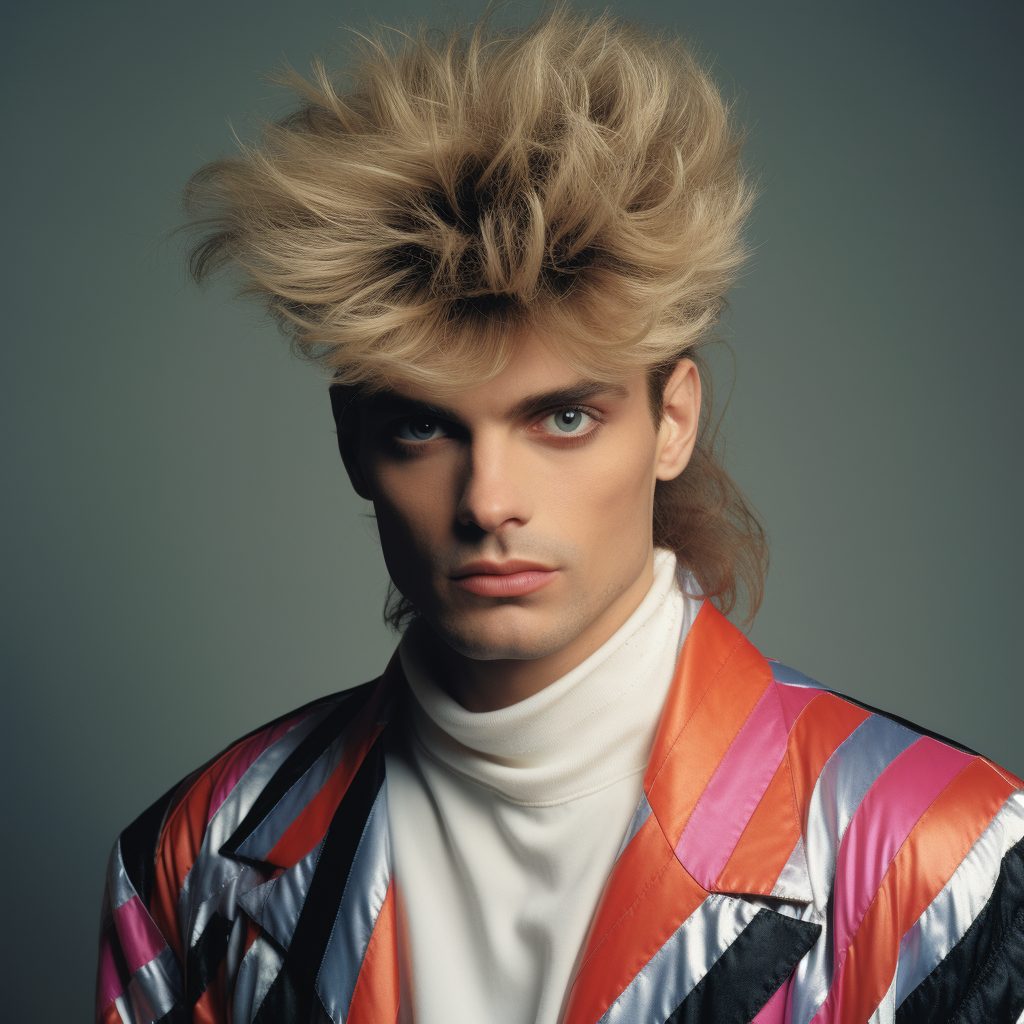
In the 1980s, big, noisy hair was everywhere. People sported tall perms and fluffy mullets. All you needed was hairspray and a comb to join the trend. And if you had a bright scrunchie? That made it even cooler, especially if you were thinking of wearing a side ponytail. Another trendy hairstyle was the Jheri Curl, a shiny style created by hairstylist Jheri Redding in the 1970s. It became famous in the 1980s thanks to celebrities like Lionel Richie and Michael Jackson.
HAIR IN THE 1990s
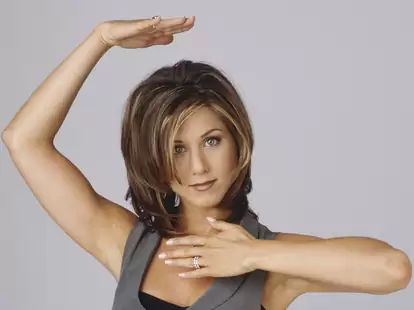
Of course, there were other hairstyles, but if we’re talking about the 1990s, we have to talk about “The Rachel.” When Jennifer Aniston showed off her character’s famous layered haircut on Friends, people all over the world wanted it too. But the excitement faded when they realized they couldn’t get it to look as perfect as Jen’s. She had a team of experts doing her hair, after all. Let’s be honest, not all of us have professional stylists at home. Or do we?
P.S. Just My Look, a beauty retailer, says that demand for the Rachel haircut shot up by 179 percent after the 2021 Friends reunion was announced.
HAIR IN THE 2000s
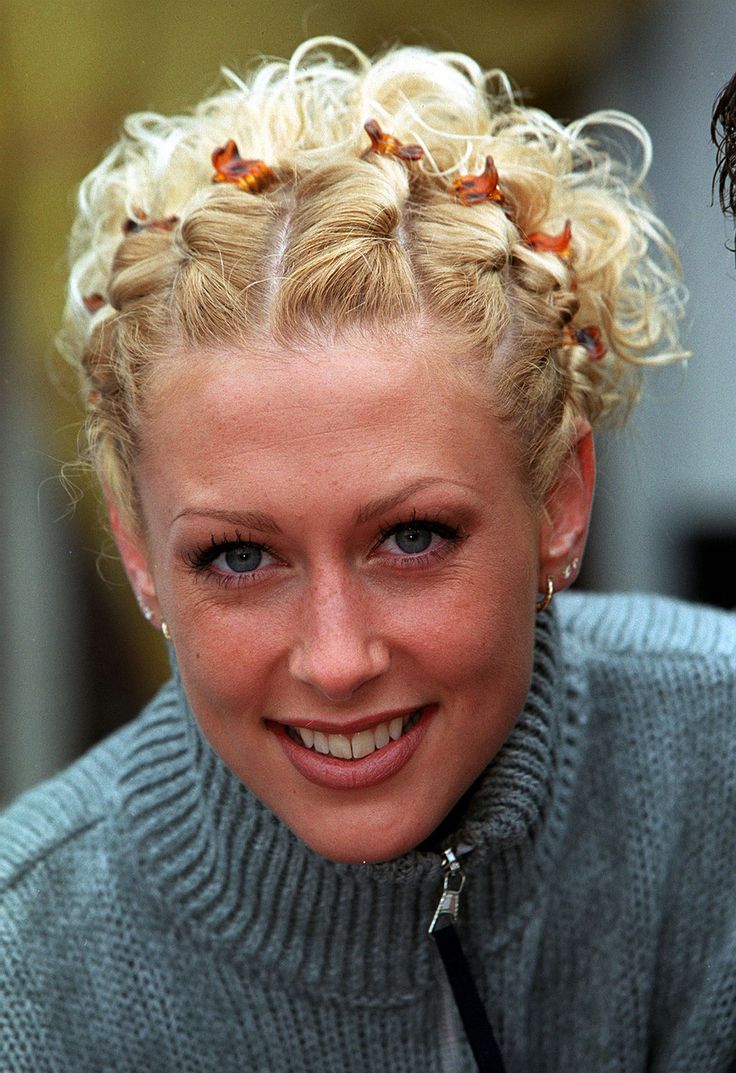
Remember frosted tips? Butterfly clips? Headbands? Fake flowers? Flippy ends? In the early 2000s, these were all the rage, thanks to pop stars and hair straighteners. People focused on framing their faces, adding highlights, and jazzing up their hair with accessories. Do you recall crimping? Tiny braids? Bobby pins galore? Well, these styles are making a comeback as we relive the Year 2K era.
HAIR IN THE 2010s
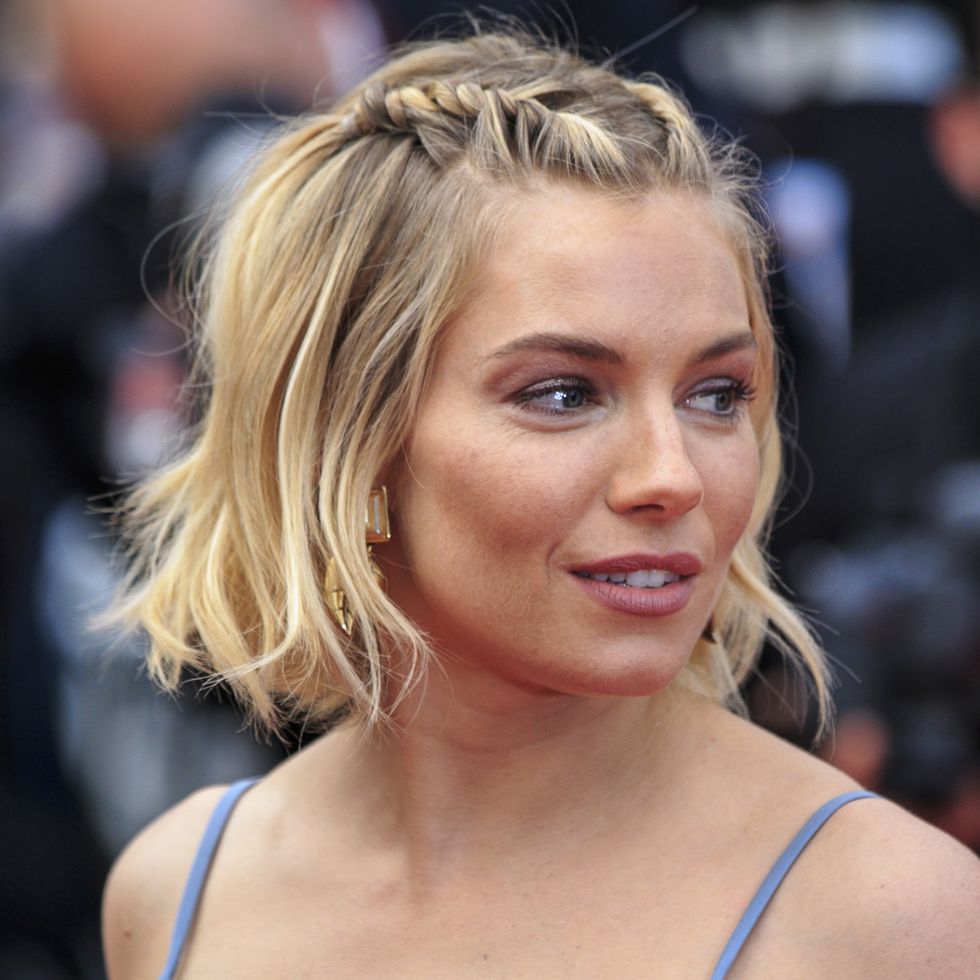
In the 2010s, as YouTube and online tutorials became popular, lots of people started doing their hair styling. They tried out different things like braids, buns, bangs, and poufs (remember the Bump-It?). In salons, having brightly colored hair became common, especially with styles like ombres and dip dyes being super popular.
HAIR IN THE 2020s
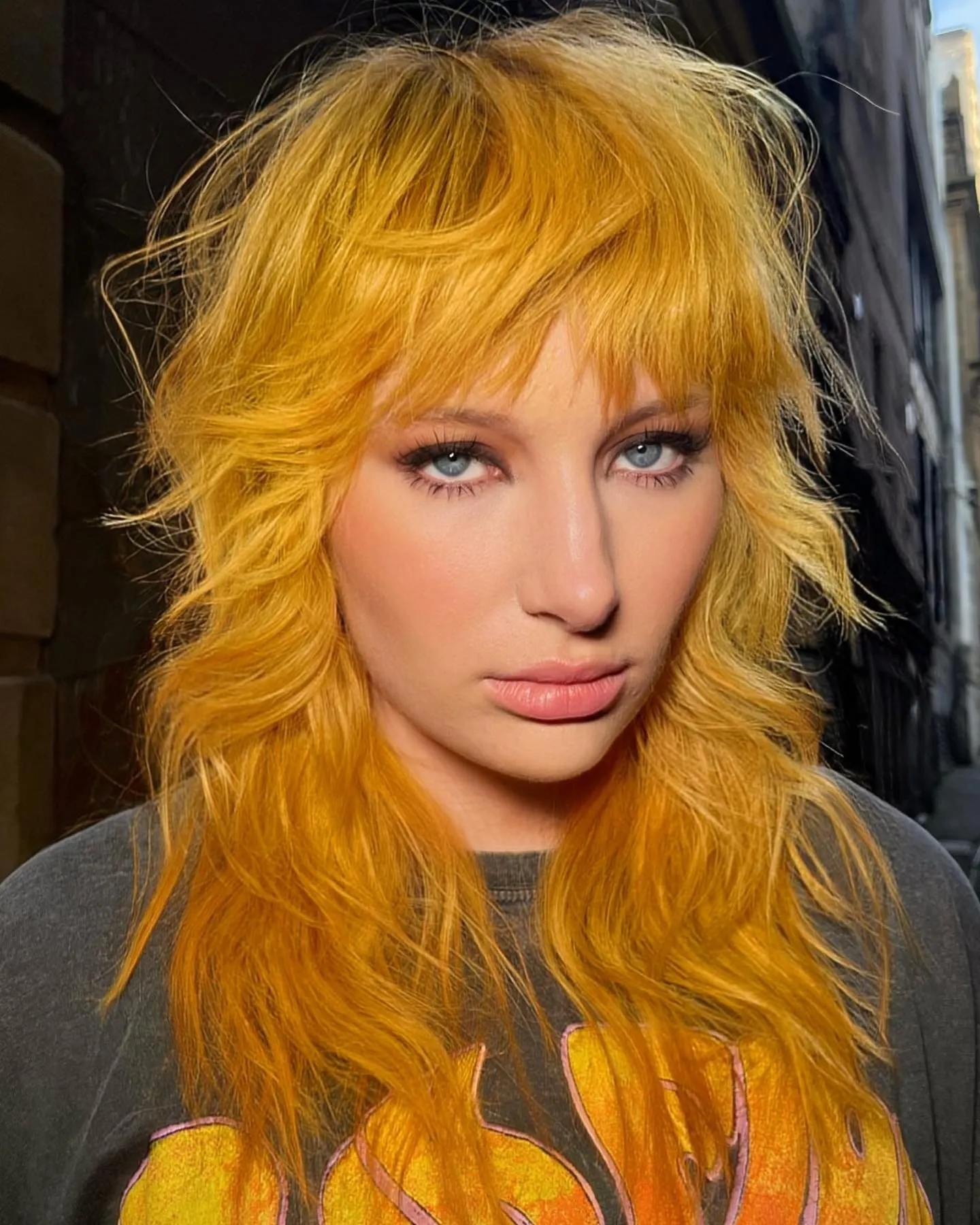
We’re just a few years into this new decade, but it seems like style trends are leaning towards a “less is more” approach: simpler techniques, embracing natural hair textures, and even embracing gray hair. People are getting more into styling without using heat. One trendy hairstyle we love? The wolf cut! It’s a style that’s not tied to any gender and has a lot of volume. The wolf cut became popular in 2021, with lots of cool people rocking it after finally getting to go to the salon. It’s like a mix of a shag and a mullet, giving off that effortlessly cool vibe, perfect for these unprecedented times.
References
- Yarwood, Doreen (1978) The Encyclopedia of World Costume New York: Scribner pp. 216–220 ISBN 0-517-61943-1
- Sherrow, Victoria (2001) For Appearance‘ Sake: The Historical Encyclopedia of Good Looks, Beauty, and Grooming Greenwood p. 142 ISBN 978-1-57356-204-1
- Adams, David and Jacki Wadeson (1998) The Art of Hair Colouring Cengage Publishing p. 1 ISBN 978-1-86152-894-0
- Yarwood, Doreen (1978) The Encyclopedia of World Costume New York: Scribner p. 216 ISBN 0-517-61943-1

